Did you know?
More Allied ships were sunk by German submarines in the Gulf of Mexico during World War Two than were destroyed in the Japanese attack at Pearl Harbor. And the only German U-Boat lost during the conflict was sunk off the coast of Louisiana.
Lost among the histories of major World War Two battles with Nazi Germany are a series of attacks on American ships along the Gulf coast of Louisiana and other southern states. The German navy called it Operation Paukenschlag, or Operation Drumbeat. It was Germany’s Second Happy Time, following the success of U-Boat attacks in the North Atlantic.
When the U-Boats arrived in the Gulf of Mexico in 1942, there were no naval escorts and no coastal blackouts. The German subs would remain submerged during daylight hours, then surface and hunt their prey in darkness. Cargo ships appeared as silhouettes against the lights of coastal communities.
“This is part of the reason why they call it a happy time,” explained World War Two historian Martin Morgan, “because it’s extremely easy for them to hunt down a ship sailing by itself hundreds of miles from shore out in the middle of the open Gulf of Mexico”. The only thing blacked out by the U.S. military was press reports of the carnage taking place offshore. “It was because we didn’t want the spies to find out and report word back to German Naval Headquarters that the U-Boats were doing a very fine job”, said Morgan.
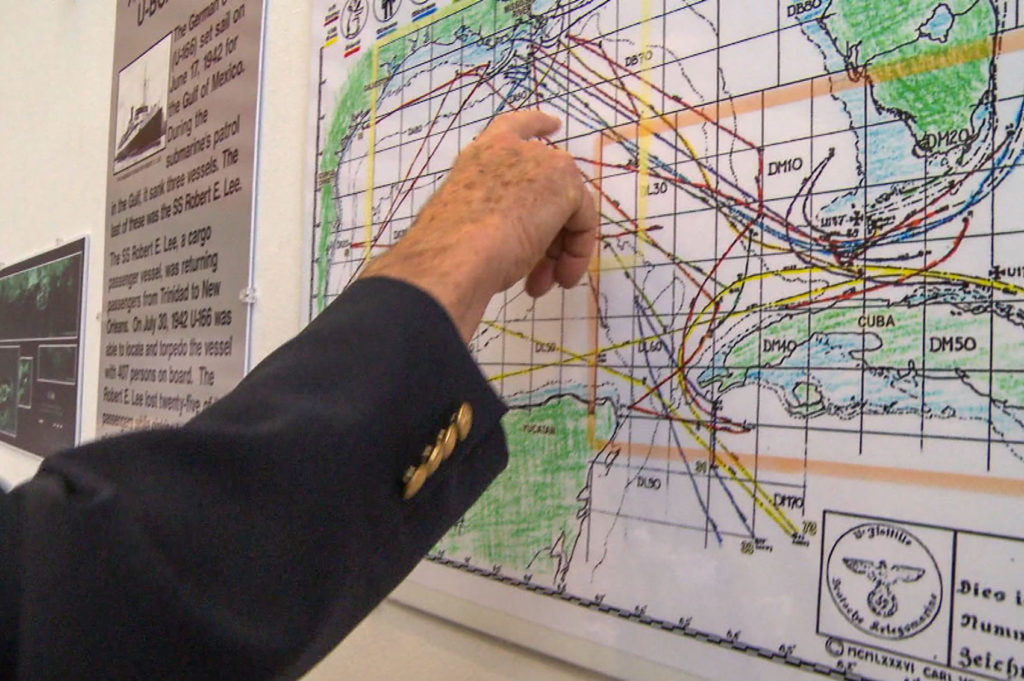
At the Regional Military Museum in Houma, President/CEO C.J. Christ points to a map of the Gulf of Mexico that is criss-crossed with dozens of colored lines and black dots. “This plots all of the U-Boats that came into the Gulf of Mexico”. Christ’s interest in this hidden war started in 1967, when a friend told him about a sunken U-Boat. Christ recalls, “He said, Christ, don’t you know that there’s a German submarine out there in 60 feet of water? I said, “No I didn’t”. That started four-decade-long search for the missing U-boat, the U-166. “We never did find the U-Boat …. because it was 140 miles from where they said it was.”
Allied cargo ships and oil tankers traveling to and from the Mississippi River were targeted by the Germans. Christ said, “They sank 58 of our ships and damaged 19 more”.
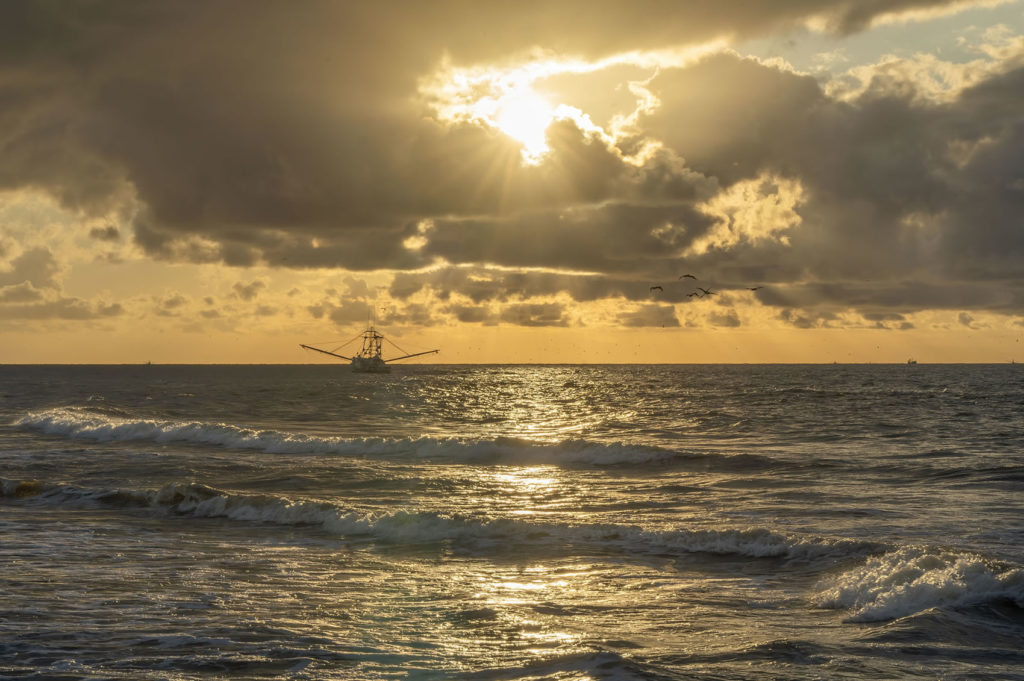
In July of 1942 the American tanker Benjamin Brewster was torpedoed off the coast of Grand Isle, Louisiana. Twenty-five of its crewmen were killed, and some of the survivors rowed their lifeboats onto the Grand Isle beach. The offshore battles were now hitting close to home. “The ship that was sunk off Grand Isle for instance, two-and-a-half miles off the beach,” said Christ, “you couldn’t keep that a secret. Besides, it burned for nine days.”
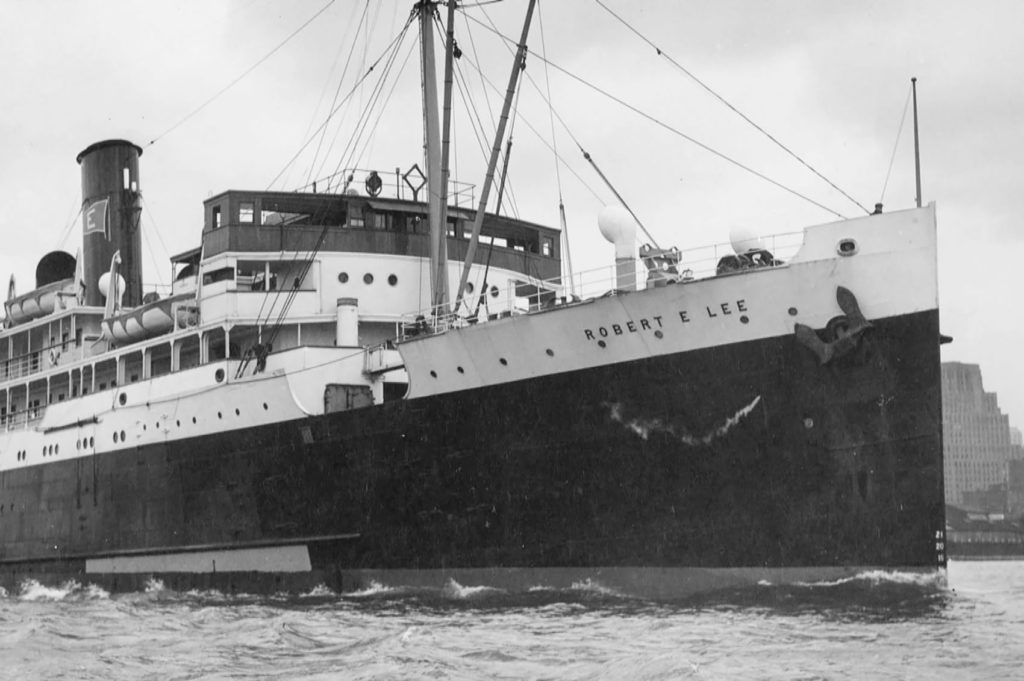
Three weeks later, the U-166 attacked and sank the passenger steamer Robert E Lee, 45 miles east of the mouth of the Mississippi River. The Robert E. Lee was being escorted by the navy patrol craft PC-566. “They spotted the periscope of the U-166”, according to Christ. “They start blowing their horn to try to warn the Robert E Lee.” But it was too late. Christ says a torpedo was already streaking through the water toward the steamship, “The torpedo went into the engine room, 75 feet from the end of the ship and it sank within 8 to 15 minutes”. Historian Morgan details the counter-attack by the U.S. Navy patrol craft, “PC-566 then moves toward and aims at that periscope moving at flank speed toward that periscope. The periscope turns around, looks directly at the PC and then retracts beneath the surface. That area of disturbed water was still visible when the PC-566 drove right over it. They could still see a faint outline of the U-Boat just below the surface of the water.” After making two passes, dropping 5 depth charges each time, Captain Herbert Claudius turns his patrol craft to rescue passengers from the sinking ship. Christ suggested, “He was convinced in his own mind he had sunk the submarine because once he left the scene, he heard no noise at all”. But Captain Claudius was reprimanded by the Navy for botching the attack because depth charges were set too deep.
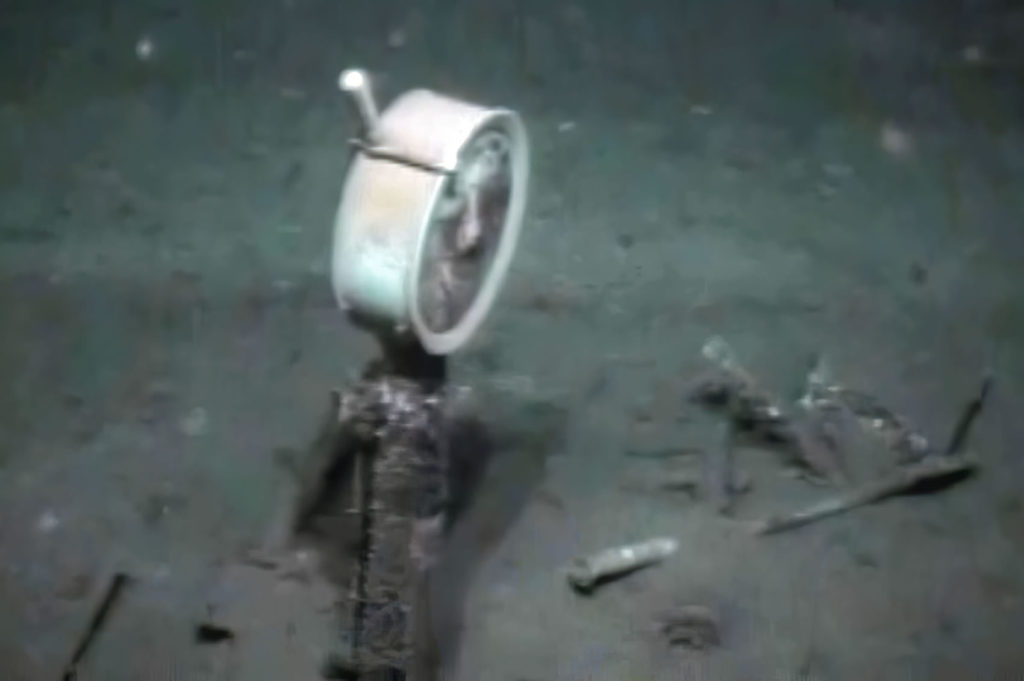
It wasn’t until the sunken remains of the U-166 and the Robert E. Lee were discovered in 2001 during an underwater oil pipeline survey, that a new examination of the U-Boat’s wreckage suggested a lucky shot. “Maybe one of those depth charges landed on the deck of the U-Boat. The other ones sank past it”, says Morgan, who thinks it’s possible a depth charge may be been sitting on the forward deck near the sub’s torpedoes. Morgan theorizes, “That depth charge went off and it set off one, maybe two torpedoes. Everything was over in an instant. Those men were obliterated before they even knew what was happening.”
In December of 2014, more than 30 years after the death of Captain Claudius, the Navy corrected a long-standing error. Christ attended the long-overdue ceremony, “The Navy Secretary and also the Chief of Naval Operations decided to decorate the Captain posthumously through his son”. That award cast new attention on an almost forgotten battleground where Gulf coast states found themselves on the front line of war.
More LA Military History
1154 Barrow St, Houma, LA 70360

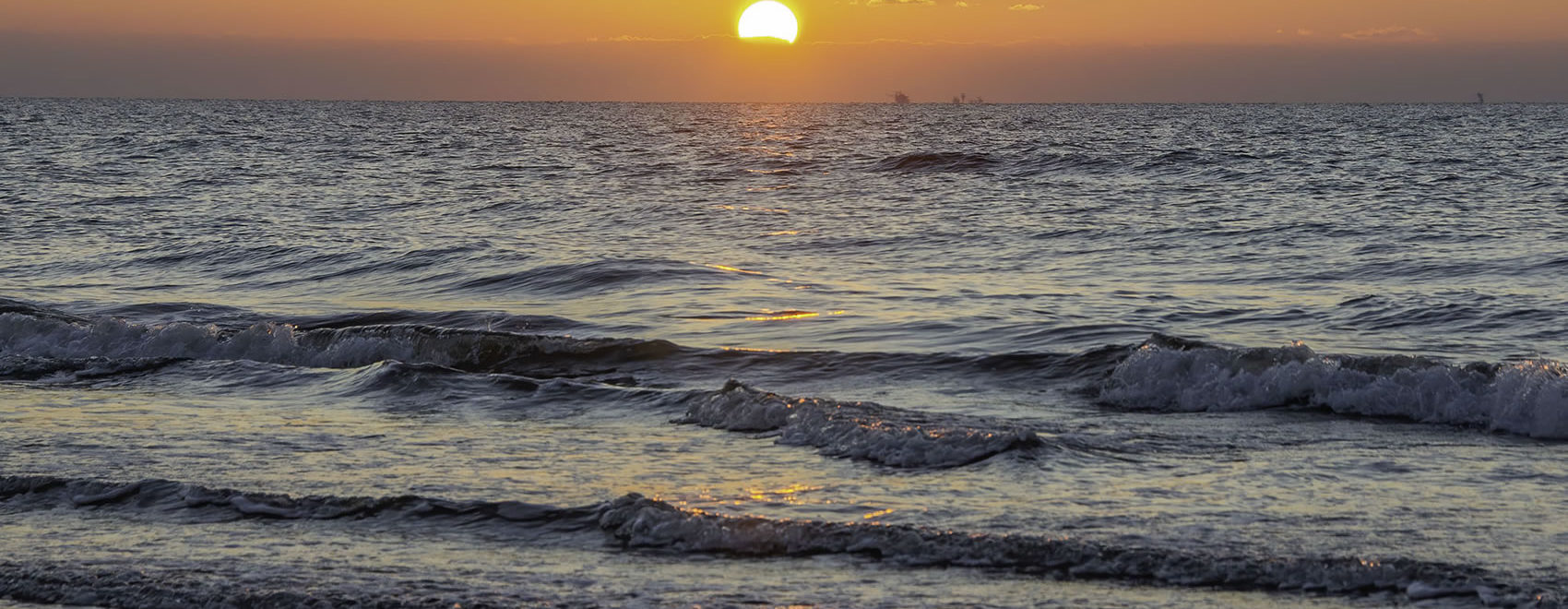
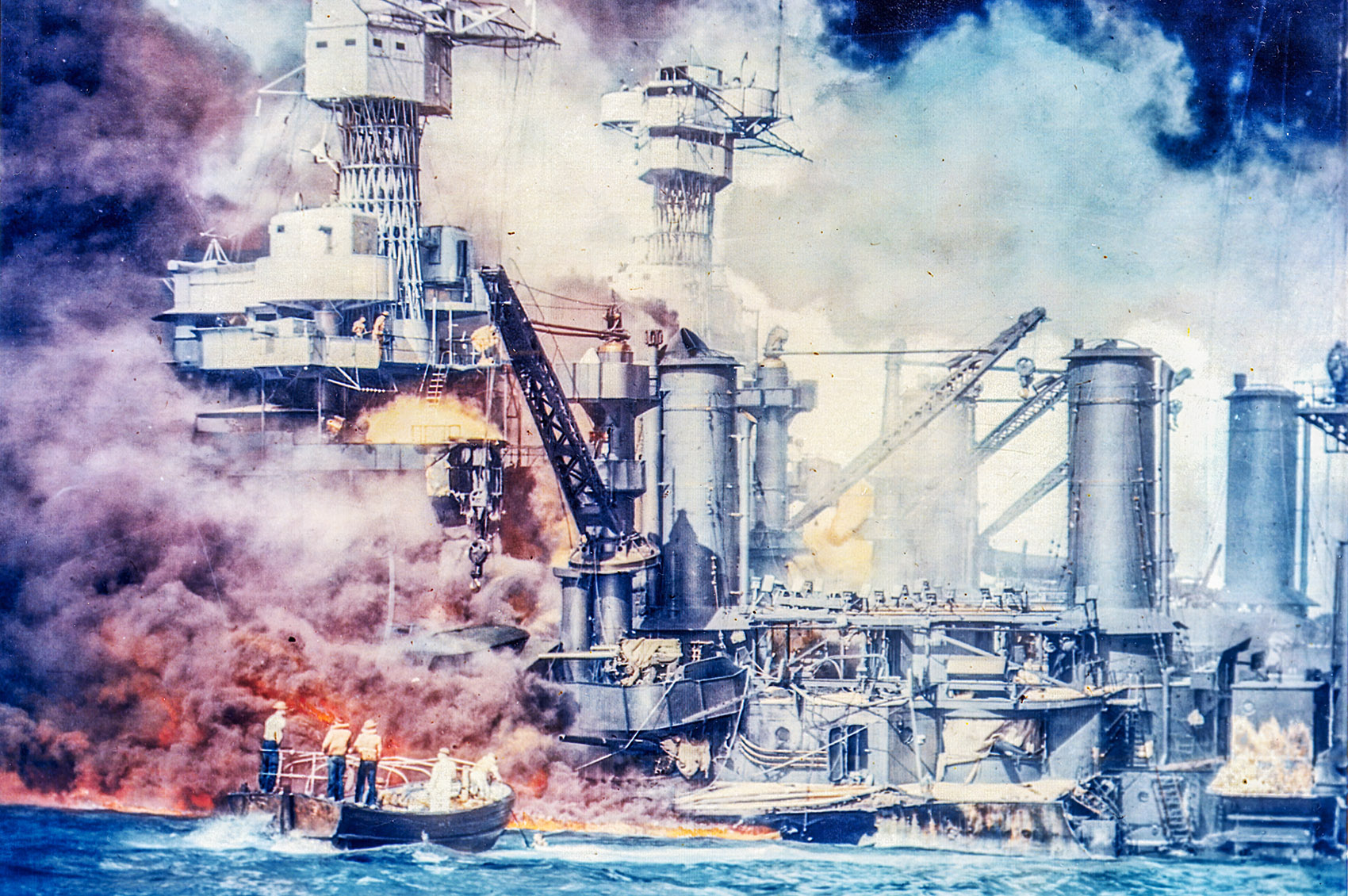
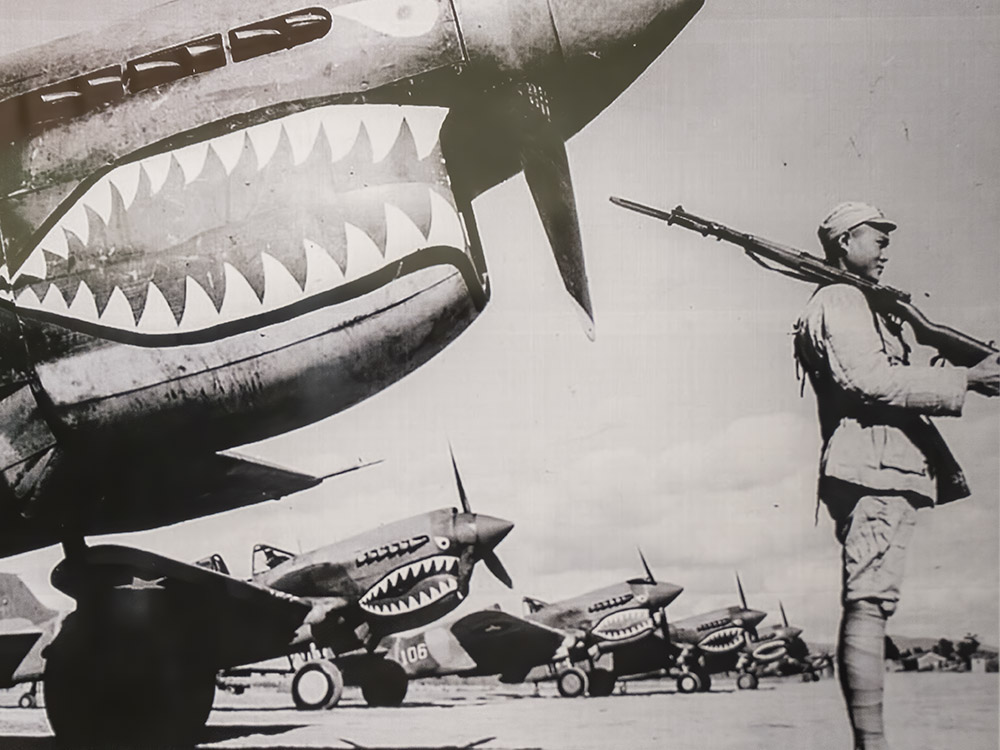
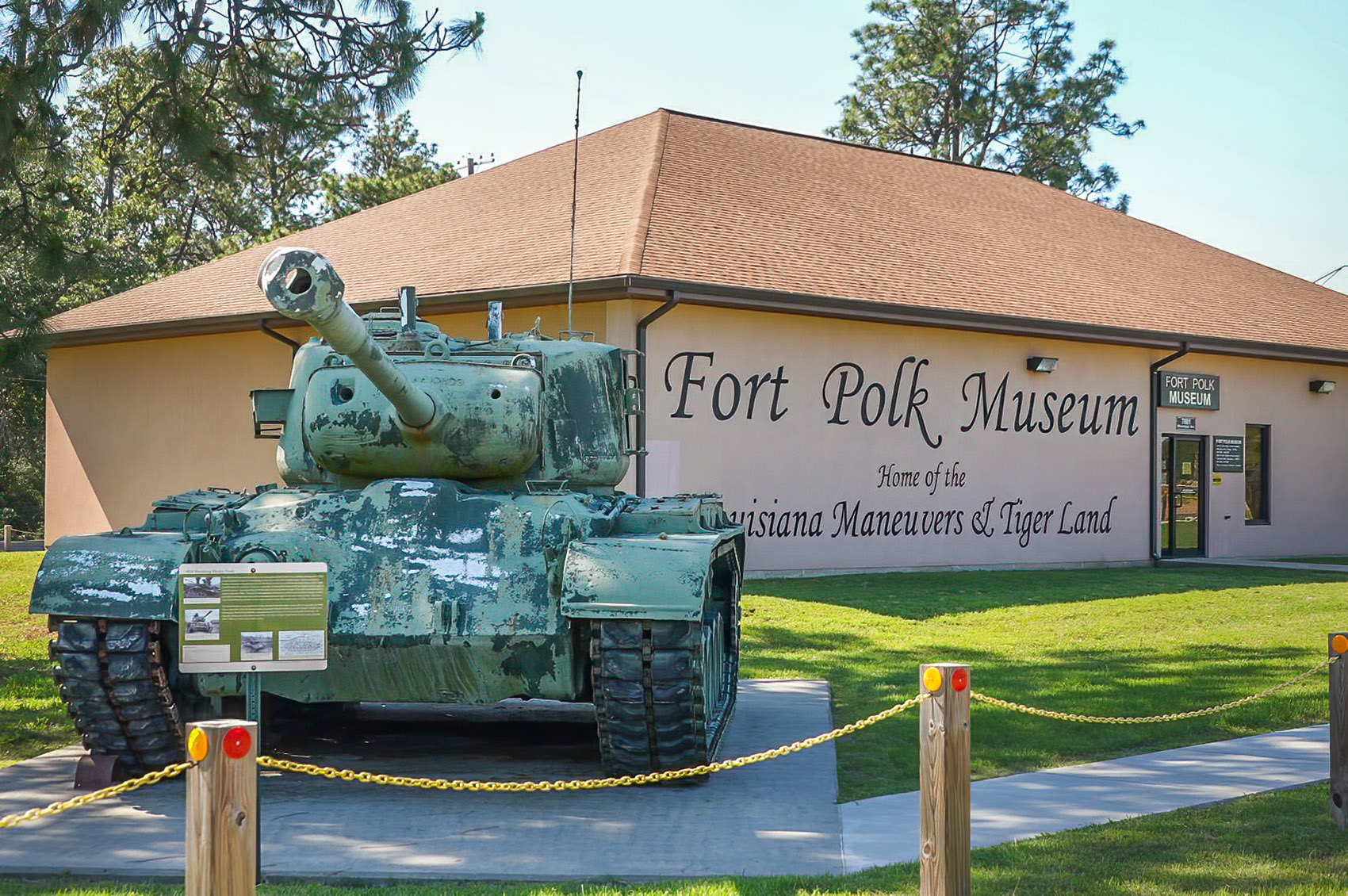
Brian Goodman
We were any uboats sunk by blimp bombing? I just saw the remains of the blimp hanger in houma and was curious.
Dave McNamara
No blimps from the air base in Houma ever hit any u-boats. The U-166 was the only German U-Boat that was sunk within the boundaries of the Gulf of Mexico and it was hit by the Navy patrol boat PC-566.
Bret Guepet
I just discovered this site. I always enjoyed watching your series on TV. What a great website you have. Its so interesting. Thank you!
Lowell Ezra McCormick
I worked on the expansion of the D-Day museum in 2009 with a guy from East Germany. His dad had been injured at Normandy on D-Day fighting for the Germans. He wore a jean jacket that had an image of a submarine on the back and under it was embroidered, “U166 Wolf Terror of the Sea” (in German). I knew the story of U166 so I asked him about his jacket and if the crew member that had the same last name as him was a relative. He got embarrassed, said no and didn’t wear the jacket again.
Gary Smith
No mention of the US Coast Guard squadron stationed in Houma, LA was made. Just prior to the sinking of the U 166, a Coast Guard aircraft, the Grumman Widgeon 212, attacked a U boat off the coast of Louisiana. Though the U boat was not sunk in the attack, this event and the loss of the U 166 just days later, contributed to the U boats retreating from the Gulf of Mexico for the remainder of the war. The aircraft that carried out the mission resides in a place of honor in the US Naval Air Museum in Pensacola, Florida. My father, Paul Steele Smith, was a pilot in that squadron. He met and married my mother, Anne Marie Hebert, from Bourg, LA. We moved to Bourg after his retirement from the service and lived there until their passing in 2017. The Coast Guard honored my father’s passing with a fly-over at his service.
Ivan
Awesome Story, thank you for sharing !! Postumous thank you to your father !
Dave McNamara
Thanks for the info Gary. Here is a link to more information on operations at the Houma Naval Air Station from the Regional Military Museum in Houma. https://www.regionalmilitarymuseum.com/exhibit-showcase/2021/6/1/houma-naval-air-station
Hopebarrosse
Love like know more about camping and cabin
Russ Laughlin
Was the Francis B Ogden cargo ship sunk by a German u-boat in the Gulf of Mexico?
Kenny Colley
My uncle that serviced the fisherman at Delacroix island back then told me that there was a u-boat that was in the outlying area Delacroix and that the u-boat was getting supplies from that area to sustain their crew. He introduced me in later years to a gentlemen that turned those people in to the authorities telling me that years ago his identity had to remain secret to protect him from retaliation.
Rick Lambert
That was good information thank u.
Ken
In 1942 and 43 whenever they could the US hushed up many incidents involving German subs and the sinking of ships in the Gulf. There were multiple reports and incidents received involving Nazi U boats mooring at temporarily abandoned US oil rigs off the US coast or meeting supply ships there. Many of the witnesses to those events had no radio to alert authorities so in the case of ship (or nearby rig crews) all that could be done was log the incident and tell US authorities when they actually saw one or when they were near a land phone.. There was also at least one (classified during the war years and for several decades after) incident where a small detachment from one of the subs landed on a Gulf Coast beach and exchanged gun fire with a constable before going back to their boat. A US Congressman was also involved in that incident.
Colonel Dick Baranzini
In studying some Civil Air Patrol officer materials (I was not in the CAP), I read that CAP planes were armed and used to hunt for U-boats, at least off the east coast, maybe even sinking at least one. Do you have any history of CAP action during the War?
Dave McNamara
The CAP was very active in coastal patrols for U-boats. There are conflicting reports about whether any of the patrols succeeded in sinking a U-Boat. Here is an interesting summary of CAP patrols compiled by the Putnam County Composite Squadron: https://ny033.cap.gov/media/cms/C_6AB00657D9823.pdf
Max Taylor
Did German U boats enter the Mississippi River.? In my youth my best friend’s father, who was a Captain in the Merchant Marines during WW II, told us stories of Germans actually going to the movies in Vicksburg, Ms.
Dave McNamara
Many rumors but highly doubtful that a U-Boat would enter the Mississippi River.
John
I’m not going to say that there wasn’t a u boat that traveled up the river, but there were at least a few prisoner of war camps in northeastern Louisiana and possibly that area of Mississippi that housed German and at least one Japanese prisoner. There are stories of how they were used for labor in the local communities and even visited local businesses. That may have been the Germans those stories were referring to.
Dave McNamara
There were more than 40 prisoner of war camps in Louisiana, according to the World War II Museum. Camp Ruston near Grambling University was one of the largest in the country, housing more than 4,300 POWs. Among the prisoners at Camp Ruston were 58 survivors of the German U-Boat 505, captured by an Allied hunter-killer group in the Eastern Atlantic. The U-505 is on display at the Museum of Science and Industry in Chicago.
Bruce Muench
As a navy aviation radioman I flew along the east coast of Florida down as far as Cuba during 1944. We were mostly doing reconnssinsebut were looking for subs at the same time. I never saw any, but do remember hearing about the UBoat being sunk in the Gulf up towards Louisiana. When navy aircraft began following convoys it began having an impact on the presence of UBoats.
Bruce MuenchAs a Navy aviation radioman, I flew along the east coast of Florida, reaching as far down as Cuba during 1944. We primarily conducted reconnaissance missions while also searching for submarines. Although I never spotted any, I do remember hearing about a U-Boat being sunk in the Gulf near Louisiana. When Navy aircraft began following convoys, it significantly impacted the presence of U-Boats.
Bruce Muench
.